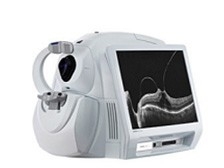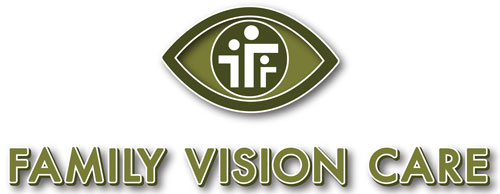Technology
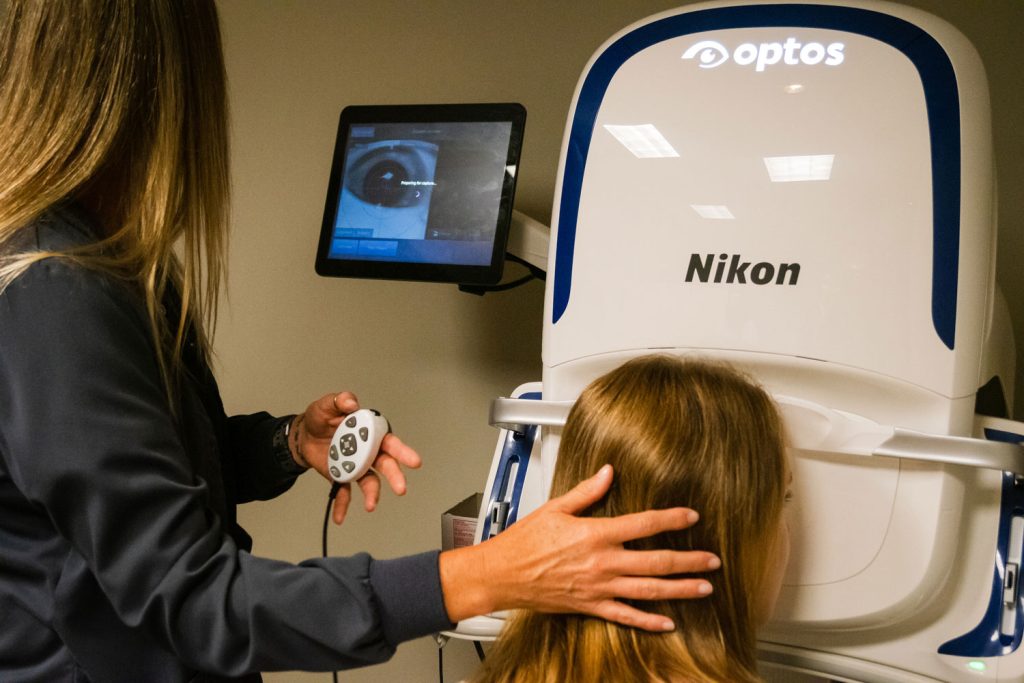
The Digital Duet opens the door to a new era in laser therapy – one where the seamless integrated connectivity of digital images and video becomes the cornerstone of care.
The Digital Duet platform is a comprehensive digital and imaging solution that streamlines practice efficiency and offers new ways to communicate with patients and peers.
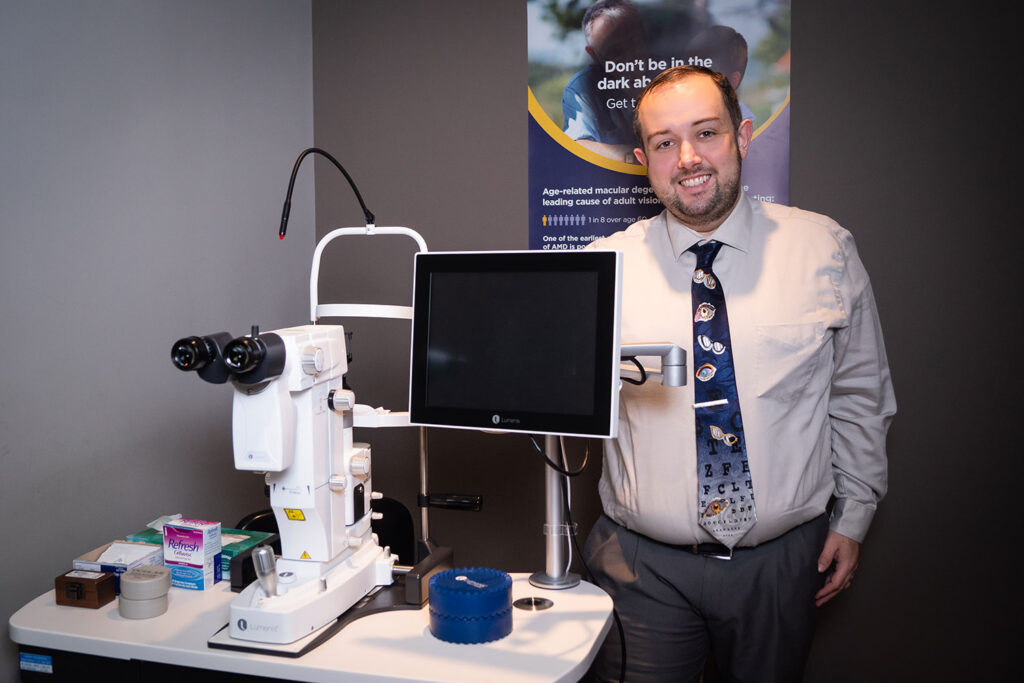
Lumenis Optilight uses specific wavelength of light in short burses to reduce the inflammation typically associated with dry eye disease and meibomian gland disfunction, the leading source of eye irritation symptoms.
This treatment has been shown in many studies to significantly relieve dry eye indicators and has a multi-factorial effect.
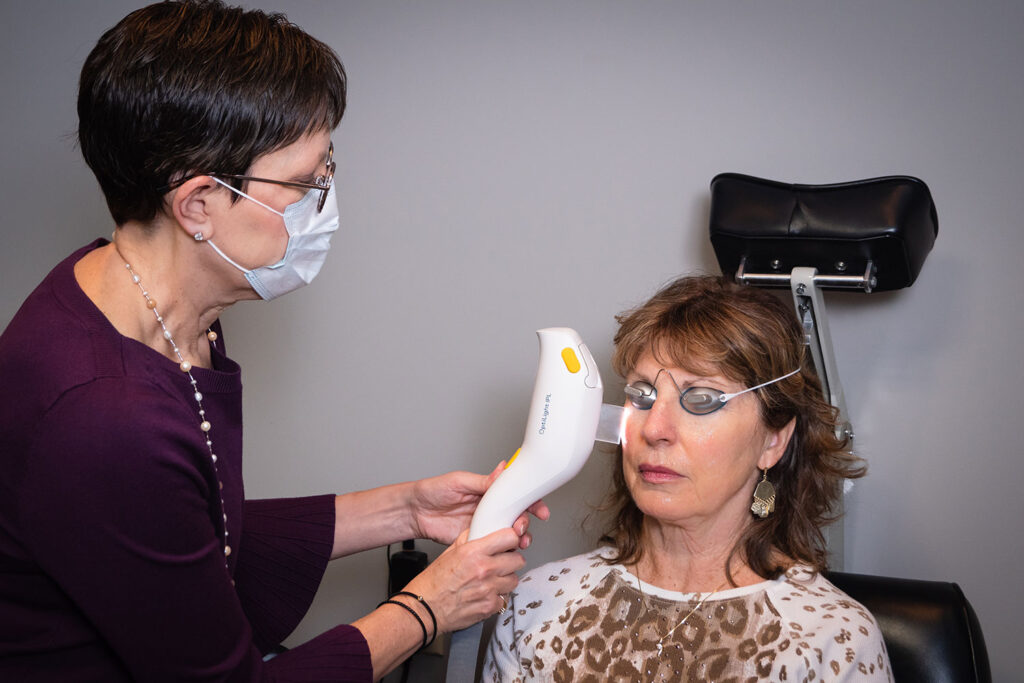
AdaptDx
Age-related macular degeneration or AMD is the leading cause of adult blindness in developed countries and affects nearly 1 in 8 adults over the age of 60. AMD is a chronic, progressive disease that attacks the macula, a part of the retina that allows us to see objects located straight ahead of us. The macula is responsible for your central vision, which allows you to do things like recognize faces, read, and watch TV.
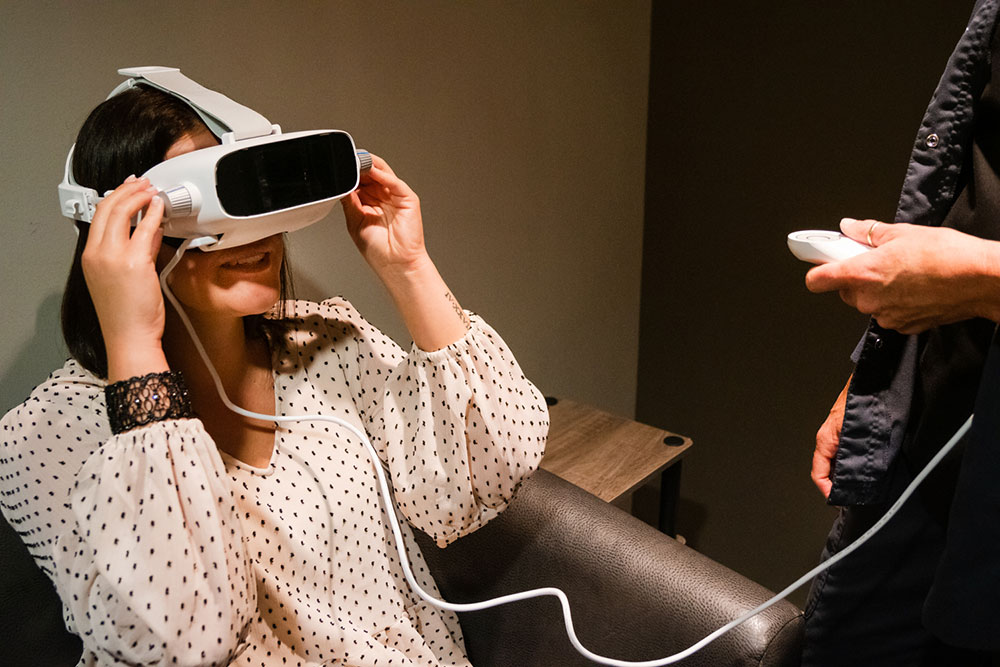
ForeseeHome
The ForeseeHome® AMD Monitoring Program is an easy-to-use early warning system for your eyes that can catch the progression from dry to wet AMD as soon as it happens, which lets your doctor step in sooner and determine the appropriate course of action.

Nidek Smart Refractor RT-5100
The RT-5100 provides a quick and accurate exam for patients.
The RT-5100 offers quick and smooth lens changes, allowing the operator to show minute changes of prescription at the touch of a button.
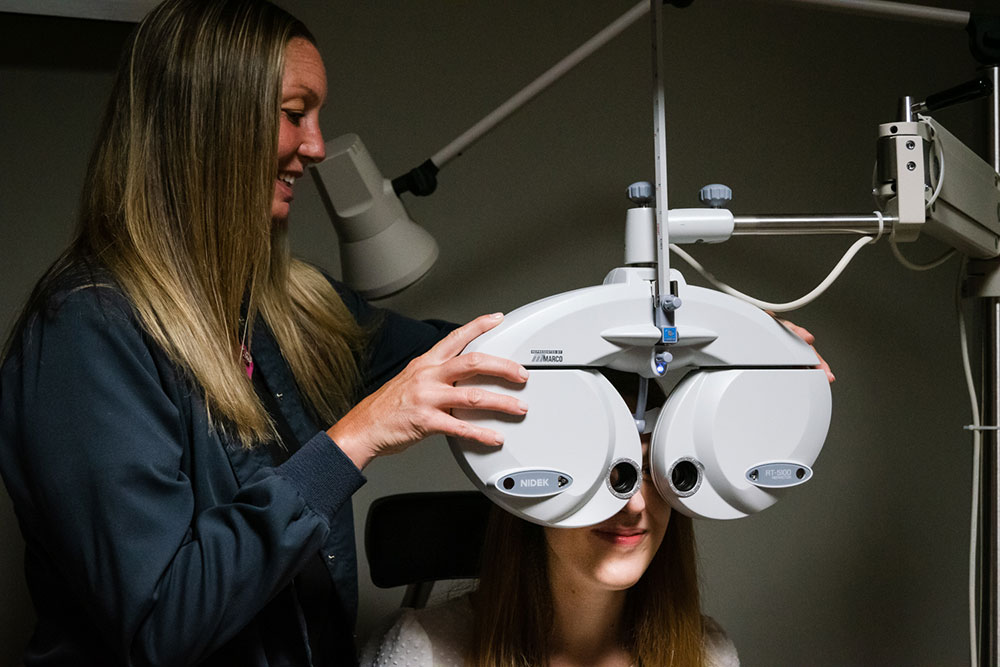
CSO Antares Topographer
Myopia, or nearsightedness, is an eye condition that causes distance vision to be blurry. Myopia is caused by the eye length growing too quickly. Vision is made clear by using glasses and/or contact lenses.
The topography function provides information about the curvature, elevation and refractive power of the cornea. It also provides many parameters to aid in the diagnosis and monitoring of the corneal surface.
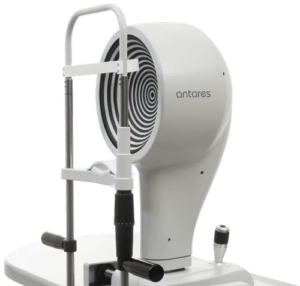
Thermal 1-Touch
We are so excited to announce an additional treatment we offer at Family Vision Care to aid in the treatment of Dry Eye.
FVC has brought in new technology to use towards the treatment of Meibomian Gland Dysfunction (MGD), as well as other causes of Dry Eye.
The Thermal 1-Touch device allows treatment of obstructed meibomian glands by heating the eyelid surfaces and applying a pulsating force to express the glands.
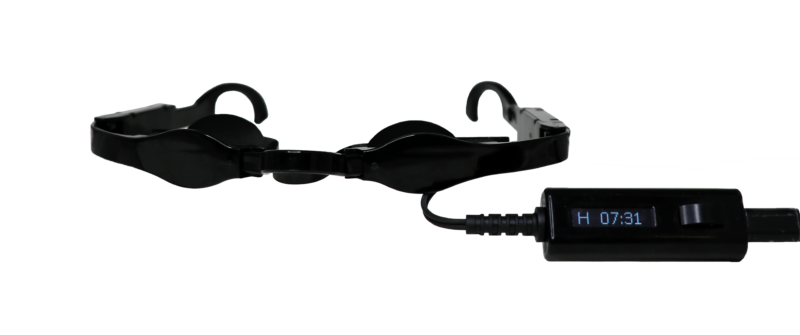
Optos
The technology is designed to simultaneously capture a digital image view of the retina from central pole to periphery.The images allow the detection, documentation and monitoring of ocular pathology and systemic disease that may first present in the periphery. These pathologies might otherwise go undetected using traditional examination techniques and equipment.
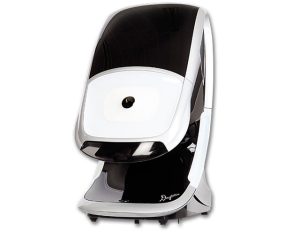
EPIC
In our office, we use the innovative EPIC by Marco, a world leader in eye-care technology. This system uses advanced computer and infrared technologies to help us better evaluate your unique visual needs. The system also allows us to perform additional tests and to compare your old and new prescriptions very quickly. You’ll probably notice that it’s easier for you to tell us, “Which is better – 1 or 2?” In fact, the system makes the entire exam procedure faster and more comfortable for you. Not many offices offer this sophisticated technology. But we feel an obligation to offer the best available care to our patients. Our job is to make your vision as close to perfect as we can, and the EPIC helps us do the job.
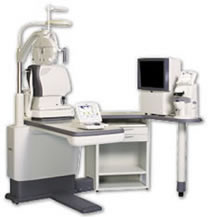
Icare® Tonometer for glaucoma screening
Unique technology enables safe, painless and hygienic IOP measurement
The rebound technology is based on the rebound measuring principle in which a light-weight probe is used to make a momentary contact with the cornea. An induction-based coil system is used for measuring motion parameters of the probe. An advanced algorithm combined with state-of-the-art software analyzes deceleration and contact time of the probe when it touches the cornea. Deceleration and contact time of the probe change as a function of IOP. For example, the higher the IOP the faster the probe decelerates and shorter the contact time.
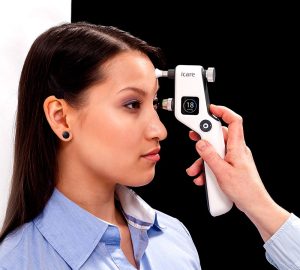
Optical Coherence Tomography (OCT) by Zeiss
Optical Coherence Tomography (OCT) is a non-invasive diagnostic instrument used for imaging the retina. It is the technology for the future because it can enhance patient care. It has the ability to detect problems in the eye prior to any symptoms being present in the patient. Optical Coherence Tomography is a technique for obtaining sub-surface images of translucent or opaque materials at a resolution equivalent to a low-power microscope. It is effectively ‘optical ultrasound’, imaging reflections from within tissue to provide cross-sectional images.
